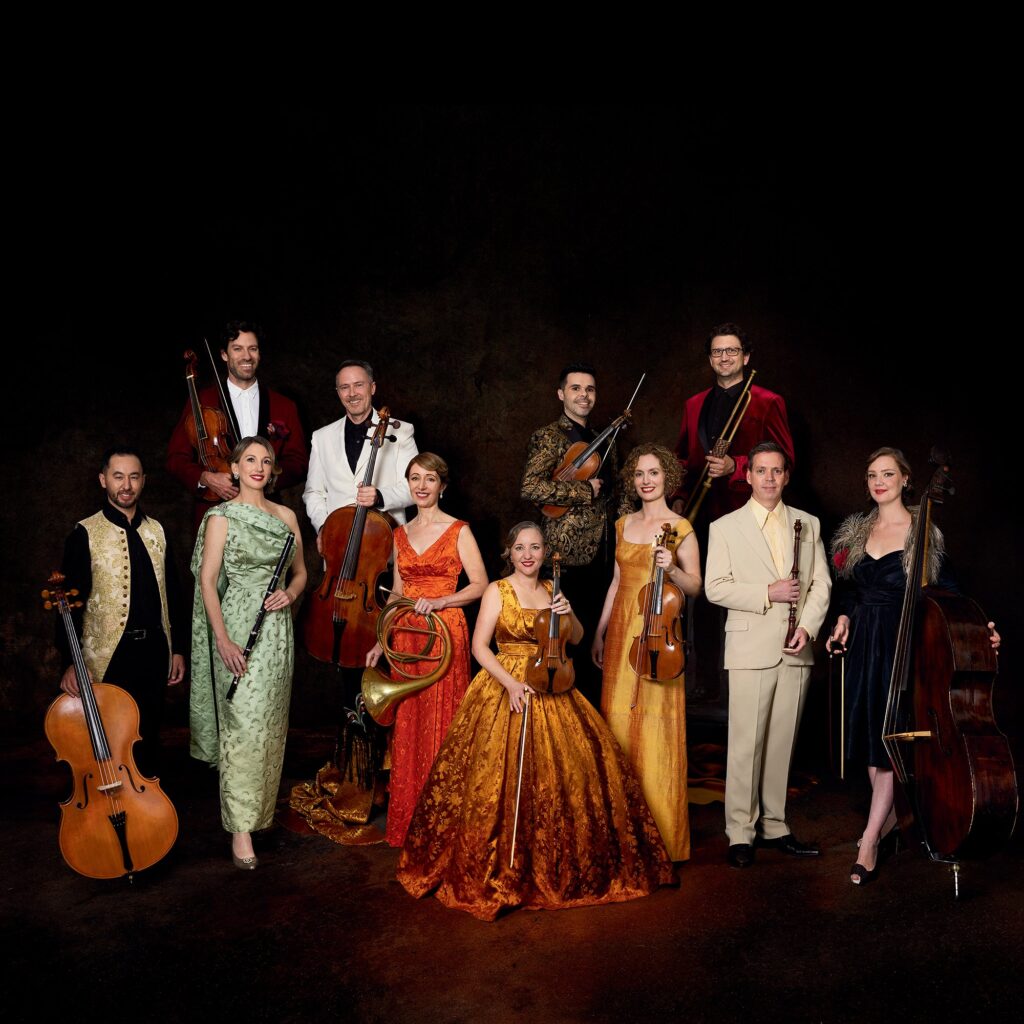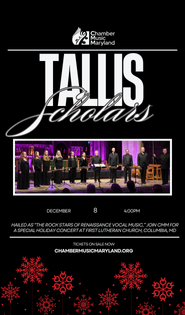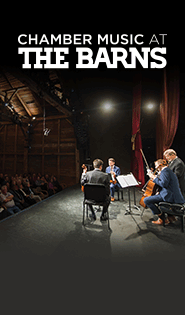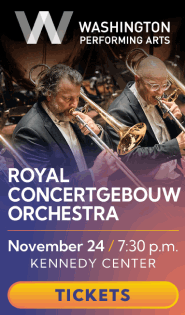Australian Haydn Ensemble provides a fascinating blast from the Classical past

The Australian Haydn Ensemble performed in the Candlelight Concert Society series Saturday night. Photo: Helen White
The Australian Haydn Ensemble concluded its first U.S. tour Saturday night with a concert presented by the Candlelight Concert Series in Columbia, Maryland. Led by violinist and artistic director Skye McIntosh, the ensemble’s 18 musicians approximate the chamber forces available to Joseph Haydn during his years at the Esterhazy court.
The program, featuring four symphonies by Johann Christian Bach, Haydn, and Mozart produced between 1761 and 1774, provided audiences with a fascinating glimpse into the sound world of the 18th century symphony.
The youngest of Johann Sebastian Bach’s 11 sons, J.C. Bach reached his greatest prominence in London in the 1760s, earning him the nickname the “London Bach.” His Symphony No. 6 in G minor (Op. 6) dates from the end of the decade and exemplifies a brooding proto-romantic sensibility.
The work provided a fine opening showcase for the ensemble’s distinctive period sound, though coordination in the first two movements felt a bit cautious. The closing Allegro molto was on surer footing, opening with a fitting sense of “Sturm and Drang” and featuring exciting interplay between alternating string lines and fanfares from the valveless natural horns.
The ensemble delivered some of its most refined playing in its namesake’s compositions, here Symphonies Nos. 6 and 8 from 1761. These two works are among Haydn’s first three Esterhazy commissions that offer treatments of different times of the day.
The “sunrise” opening of Symphony No. 6, “Le Matin” was rendered beautifully with a lush blend in the strings. McIntosh brought a sense of spontaneity and excitement to the solo violin passages in the second and fourth movements, while the double bass (Pippa Macmillan), bassoon (Simon Rickard), and viola (Karina Schmitz) offered a winning reading of the third movement’s trio.
Before returning to Haydn, the ensemble gave the 18-year old Mozart’s Symphony No. 29, completed in 1774 (the youthful Mozart knew and revered J.C. Bach). The players gamely tackled the drama of the outer movements, heightening dynamic contrasts in the ebullient first and bringing an undeniable swagger to the final Allegro con spirito. The inner movements benefited from a gentle touch and well-balanced textures.
A sense of twilight pervades the second movement of Haydn’s Symphony No. 8, “Le Soir.” Here the ensemble’s strings led a glowing account, with violins and the first cello (Daniel Yeadon) trading wistful solo lines. Other solo highlights included the third movement’s delightfully persistent double bass solo and brilliant ornamentation from the ensemble’s baroque flute (Melissa Farrow) in the first and fourth movements. The closing Presto at times pushed the baroque violins to their limits but provided a thrilling conclusion.
For an encore, the ensemble played the final movement of Haydn’s Symphony No. 80, composed two decades after “Le Matin” and “Le Soir,” giving the audience a chance to contrast these clever early works with the confident polish of the composer’s mature output.
The Candlelight Concert Society features the fortepianist Jean Rondeau 7:30 p.m. November 11 at the University of Maryland Baltimore County. candlelightconcerts.org




